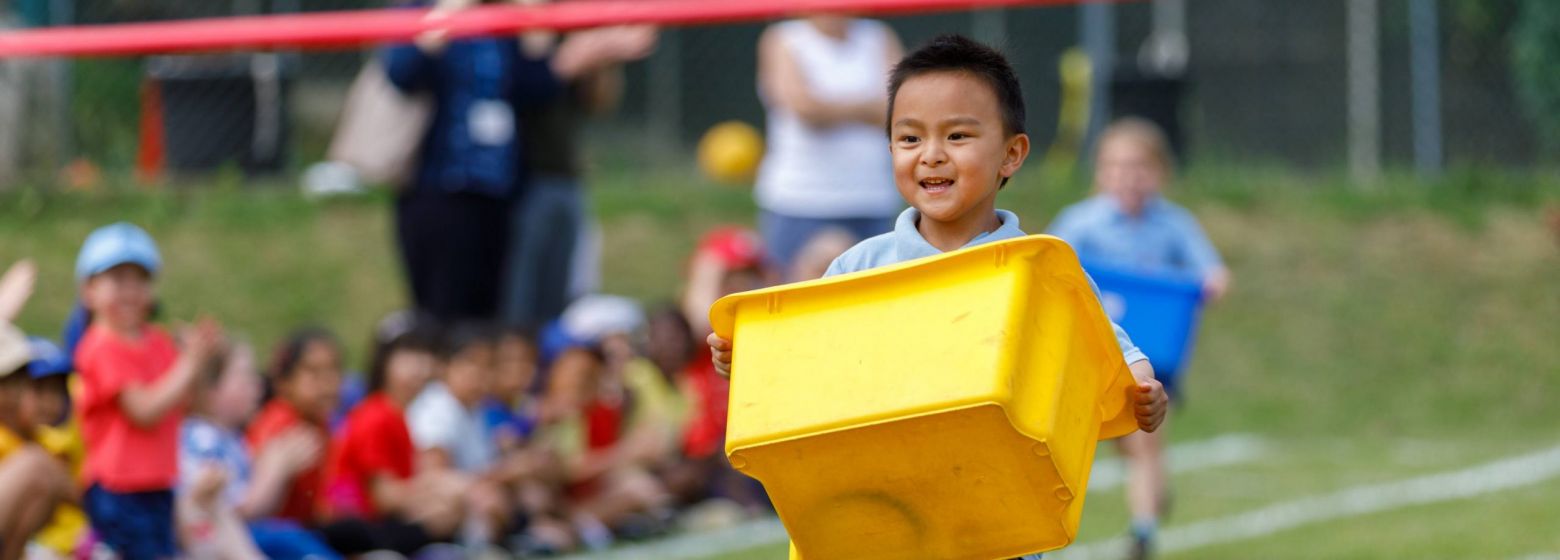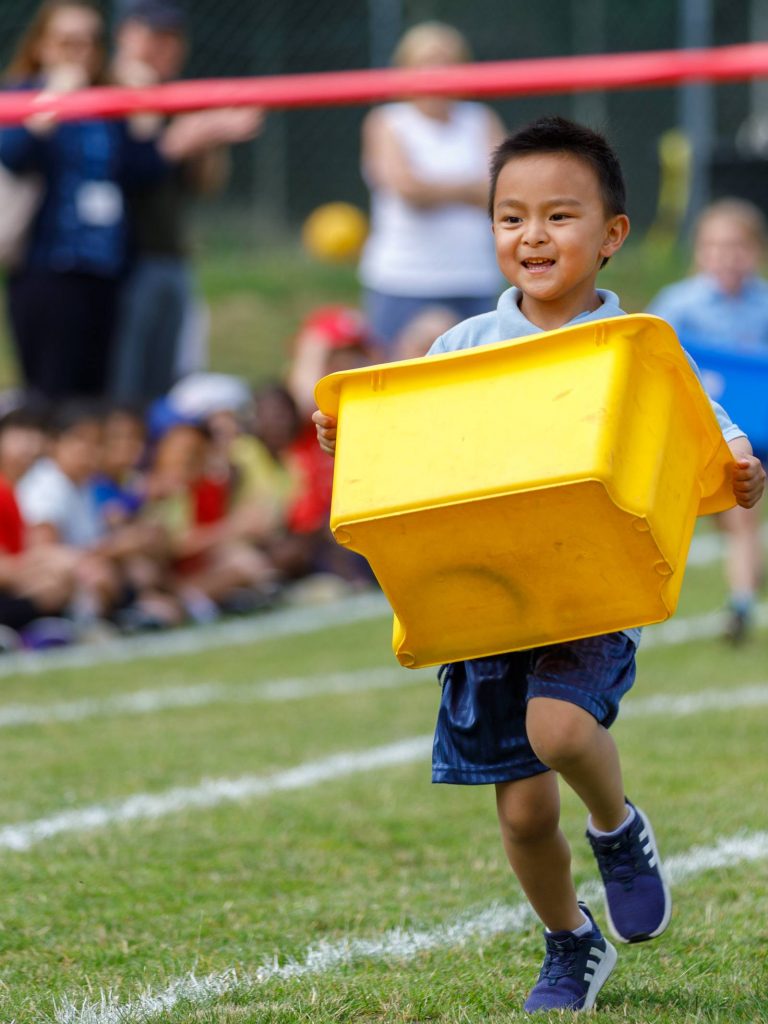Forest School Outtakes
10th March 23
This week has been Mars week (that is the planet, of course!), so we took the opportunity to participate in Mars Day on Tuesday, 7 March, during our forest school lessons. The children took part in some live streams which really sparked their imagination and created some great debate. Year 4 participated in a UK Space Agency session on past and future flights to the moon. They learnt about the preparation needed, including the rocket itself, planning a landing site and how communication worked with the satellite station at Goonhilly in Cornwall. Much fascinating information was learnt, including the landing site on the moon always being Shackleton’s Crater and how 3D printers will be used to help build science labs and “greenhouse-like structures” for growing plants and food on the moon. The astronauts, including three from the UK, have already been selected for the next manned space mission, Artemis 3. These astronauts will spend time in a base on the moon, which hopefully will become the starting point for exploring Mars. Years 5 and 6 then took part in a session with Tim Peake learning about his moon flight experience. He said seeing the Earth from space, including the aurora borealis, really was a sight never to be forgotten. He even explained how all the food rations were not all dried and that Heston Blumenthal had created food for the voyage, so they were pretty well fed! After a further session on the Mars Rover, Perseverance, which fascinated our budding engineers, there was some great debate about whom you would take if you could only take 12 people with you to Mars. Family was first, but there were some thoughtful ideas planning for the future, including taking physicists, farmers, engineers, doctors, teachers and young people! Equally, these thoughtful people wondered why we spent so much money on space exploration when perhaps some of that money could be spent saving our own planet now. After this great session, the children went outside, exploring for space dust around school. Nearly 500 tonnes of space dust daily falls onto the Earth, usually created from colliding rocks in space. Using magnets to attract the particles to the bottom of a cup, they managed to have some success and find a few tiny particles. Years 1 and 2 showed some great knowledge about the planets and space before creating different constellations. Their night sky scene was awash with bright shining stars, some never seen before! We certainly have some budding scientists, engineers and maybe astronauts out there. Who knows, these children may even end up living on Mars in the future and remember learning about it at Hemdean House!


